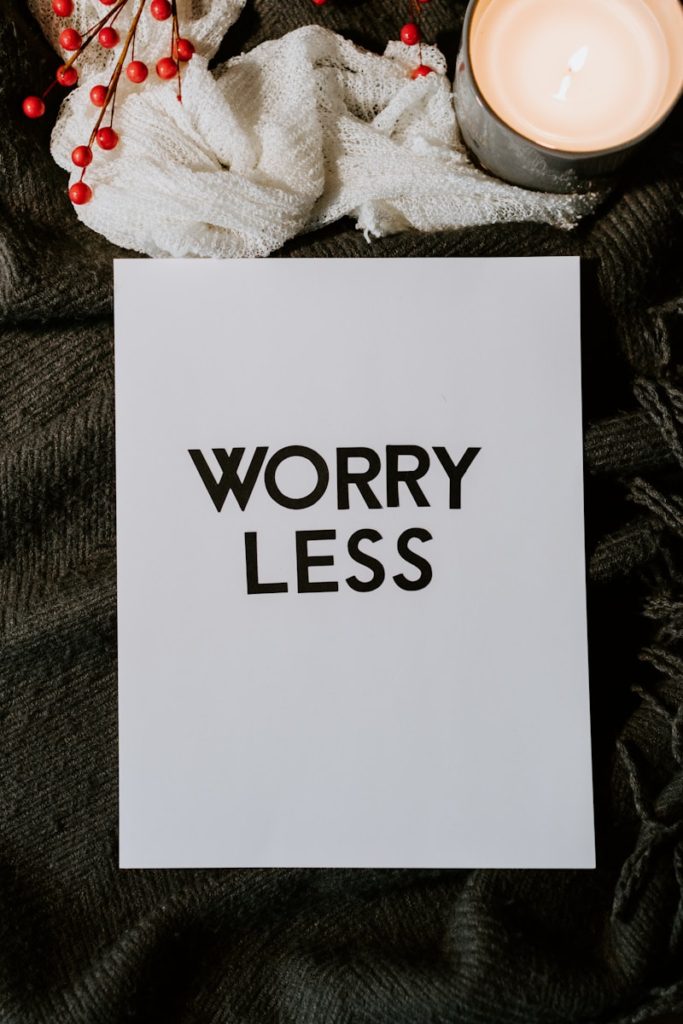CBT For Generalised Anxiety Disorder
What is Generalised Anxiety Disorder?
Generalised Anxiety Disorder (GAD) is a common anxiety condition characterised by:
- Chronic worrying
- Persistent nervousness
- Ongoing tension
Unlike a phobia, where anxiety is linked to a specific thing or situation, GAD involves a diffuse and general sense of unease that impacts your entire life. It’s less intense than a panic attack but much longer lasting, making it hard to relax or function normally.
If you have GAD, you might worry about typical concerns like health, money, family, or work. However, these worries are excessive and feel impossible to turn off, running through your mind on an endless loop.

The Difference Between “Normal” Worry and GAD
It’s normal to worry about life’s challenges, such as upcoming exams or financial concerns. But for someone with GAD, worry becomes:
- Excessive
- Intrusive
- Persistent
- Debilitating
Here’s how GAD differs from everyday worry:
| “Normal” Worry | Generalised Anxiety Disorder (GAD) |
|---|---|
| Doesn’t disrupt daily life | Significantly interferes with activities, job, or social life |
| You can control it | It feels uncontrollable |
| Is unpleasant but manageable | Causes extreme stress and distress |
| Focuses on specific, realistic concerns | Encompasses many worries, often expecting the worst |
| Short-term bouts | Persistent, almost daily for six months or more |
If you’d like to discuss your concerns or book an appointment, call us on 0114 383 0004.
How Can Therapy Help?
CBT can help you address the uncertainty and overthinking at the heart of GAD. It provides practical strategies to help you:
- Tolerate uncertainty and reduce avoidance of feared situations.
- Challenge irrational thoughts and replace them with balanced alternatives.
- Gain a sense of control by confronting worries rather than escaping them.
For example, CBT may involve imagining a feared scenario while refraining from avoidance behaviours. Over time, this can reduce anxiety and increase your confidence in handling difficult situations.
How Many Sessions Will I Need?
CBT focuses on teaching you effective techniques to manage anxiety, including:
- Time management to reduce overwhelm.
- Problem-solving skills to tackle challenges head-on.
Treatment is highly individualised, and your therapist will guide you through the process step by step.
The Department of Health recommends 16–20 hours of therapy for generalised anxiety disorder.

If you’d like to discuss your concerns or book an appointment, call us on 0114 383 0004.
Further information regarding Generalised Anxiety Disorder can be found at www.nice.org.uk
